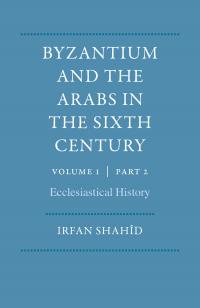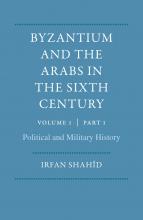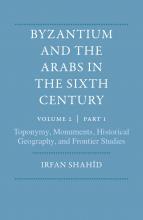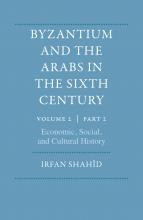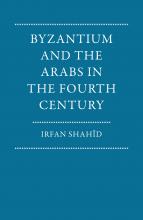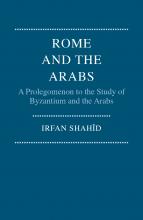Byzantium and the Arabs in the Sixth Century, Vol. 1, Part 2
Byzantium and the Arabs in the Sixth Century, Vol. 1, Part 2
By: Irfan Shahîd
Tracing the role of Arab tribes both inside and outside the Roman frontier, Shahîd documents the involvement of the Ghassānids in ecclesiastical affairs in the eastern region of the Byzantine Empire.
Title information
Byzantium and the Arabs in the Sixth Century, volume 1, part 2, Ecclesiastical History provides a chronologically ordered account of the involvement of the Ghassānids in ecclesiastical affairs in the eastern region of the Byzantine Empire. Tracing the role of Arab tribes both inside and outside the Roman limes, Irfan Shahîd documents how the Ghassānids in particular came to establish and develop a distinct non-Chalcedonian church hierarchy, all the while remaining allies of the Chalcedonian emperors. Ghassānid phylarchs such as Mundir emerge not merely as loyal foederati but as devout Christians. Shahîd extensively and critically analyzes the Greek, Syriac, and Arabic sources, including many obscure or unfamiliar texts, to illuminate the religious landscape of the Arabs of the sixth century.
Irfan Shahîd
Associate Fellow at Dumbarton Oaks and Fellow of the Medieval Academy of America, Irfan Shahîd was Emeritus Professor of Arabic Studies at Georgetown University, where from 1982 to 2008 he was Oman Professor of Arabic and Islamic Literature.
This set includes all seven volumes of Irfan Shahîd’s groundbreaking work on the political, military, religious, social, and cultural history of the Arabs and their relationship with the Eastern Roman Empire from 64 BC to the advent of Islam.
Shahîd draws on Greek, Syriac, and Arabic sources to trace the relationship between the Byzantines and Ghassānids and the latter’s involvement in ecclesiastical affairs in the eastern region of the Byzantine Empire.

